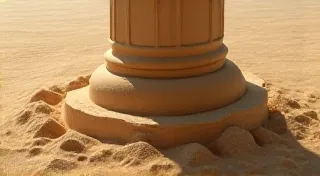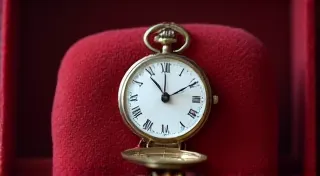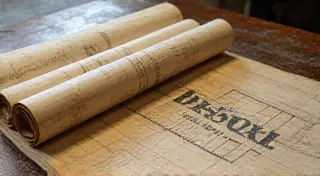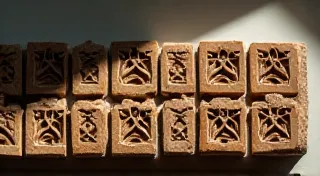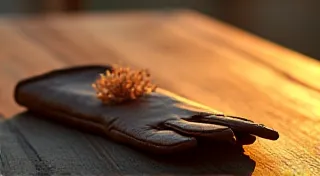Ephemeral Scribes: The Art of the Postcard Verse
There’s a quiet magic woven into the world of vintage postcards, a magic that extends beyond the faded images of bustling main streets and grand hotels. While the photographic record is undeniably fascinating, a less-celebrated but equally compelling element lies in the brief, often poignant, verses etched onto their backs. These aren't grand poems destined for literary fame; they are fragments of lives, sentiments captured in miniature, tiny echoes of a time when handwritten communication felt more personal, more vital. It’s the art of the postcard verse – and it's a joy to rediscover.
My own journey into postcard collecting began, as many do, with a chance encounter. While helping my grandmother clear out her attic, I stumbled upon a box overflowing with postcards. They weren't particularly valuable, at least not in terms of monetary worth. Most depicted seaside resorts and national landmarks from the early 20th century. But it was the writing – the tiny, elegant script relaying greetings, news, and fleeting thoughts – that captivated me. One, from a young woman named Elsie to her “Dearest Fred,” simply read, "Wish you were here, the roses bloom so sweet." The simplicity, the longing... it spoke volumes.
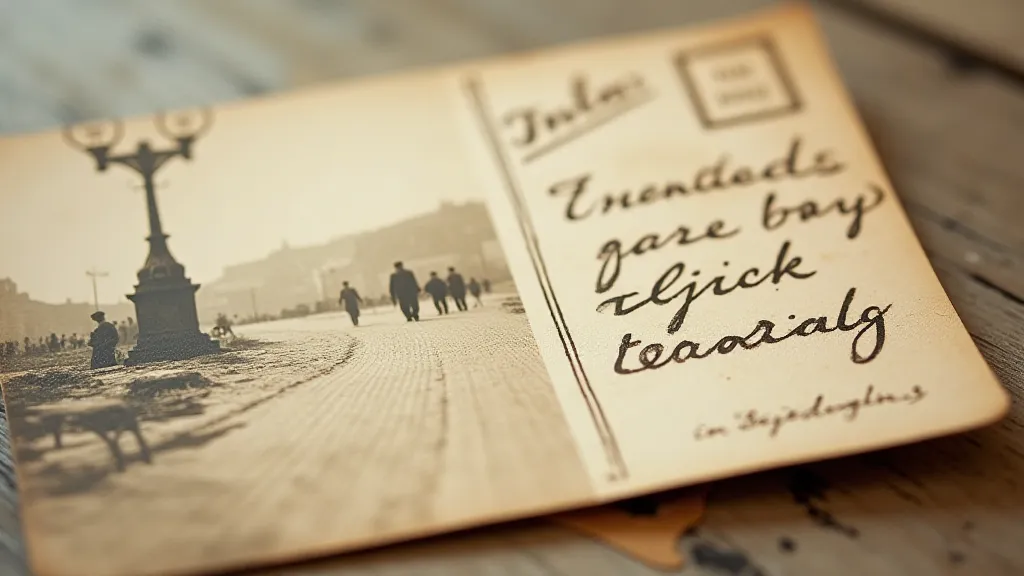
A Historical Snapshot: Postcards and the Rise of Mass Communication
To understand the significance of these postcard verses, it's helpful to consider the historical context. The "golden age" of postcards, roughly from the 1890s to the 1920s, coincided with a period of unprecedented societal change. The invention of the postal savings system in Germany in 1875 led to a dramatic decrease in postage rates, making postcards accessible to a much wider population. Suddenly, sending a message wasn't a luxury; it was an affordable and relatively quick way to stay connected.
Furthermore, the rise of mass photography and printing technology made postcard production incredibly efficient. Suddenly, people could send pictorial messages – images of places they’d visited, or places they dreamed of seeing. But it wasn’t enough to simply send an image. The verse became an integral part of the message, a small offering of personal connection within the mass-produced format.
Consider the role of these cards in a time before telephones were commonplace. They served as the primary method for families separated by distance – soldiers overseas, children sent away to boarding school, relatives emigrating to new lands. The postcard became a lifeline, a tangible reminder of home and loved ones.
The Craft of Miniature Poetry
The writers of these postcard verses weren’t necessarily trained poets. They were ordinary people expressing themselves within a limited space, constrained by both the postcard's physical dimensions and the low postal rates which encouraged brevity. This constraint, however, fostered creativity. They became masters of distillation, conveying complex emotions and vivid scenes within a handful of words.
You'll find a wide range of styles. Some verses are playful and witty, offering lighthearted greetings and clever observations. Others are deeply sentimental, filled with longing and affection. Still others are philosophical, offering snippets of wisdom or reflections on life's journey. The language, too, is a window into the era; idioms and expressions that might seem archaic or quaint today were everyday currency then.
Think of the rhymes – often imperfect, sometimes delightfully silly – that served as quick ways to fill space. Consider the brevity demanded, leading to a focus on powerful nouns and verbs. The skill lies not just in writing something, but in crafting something memorable within an impossibly small canvas.
Collecting and Caring for Ephemeral Treasures
For those interested in postcard collecting, the verses offer a particularly enriching experience. While condition and rarity certainly play a role in value, the content – the message itself – is often what draws collectors in. A pristine postcard of the Eiffel Tower might be visually appealing, but a postcard with a heartfelt verse from a soldier to his sweetheart is infinitely more compelling.
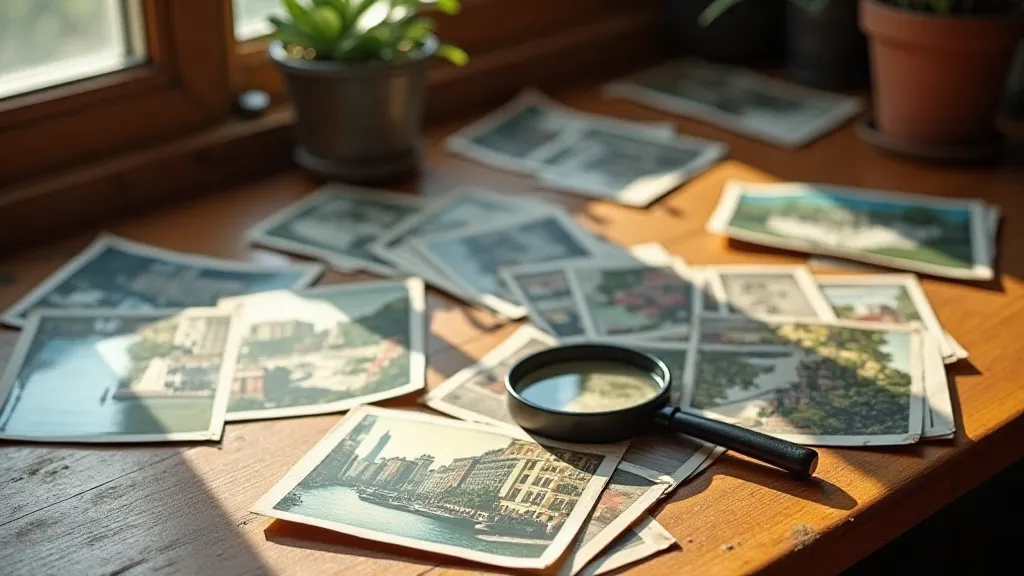
Restoration of vintage postcards can be tricky. Excessive cleaning or attempts to "improve" the appearance can damage the card and detract from its value. Generally, gentle cleaning with a soft brush and archival-quality storage are the best approaches. If a postcard is particularly fragile, it’s best to handle it with gloves and store it in a protective sleeve or album.
When acquiring postcards, look beyond the image. Read the message. Consider the context. Imagine the lives of the people who wrote and received these tiny missives. The real value of these artifacts lies not just in their age or rarity, but in the human connection they represent.
Beyond the Greeting: Discovering Stories
Sometimes, a postcard verse is a clue to a larger story. A name mentioned in passing might lead to genealogical research, uncovering family histories and untold narratives. A place referenced could spark an interest in local history, revealing details about a town or region.
I’m currently researching a postcard I found bearing the verse, "Missing you terribly, meet me at the Rialto." The Rialto, it turns out, was a popular theater in my own city, long since demolished. I'm hoping to piece together the story of the sender and recipient – to understand the context of this simple, poignant message.
The beauty of postcard collecting, particularly when focusing on the verses, is that it’s not just about acquiring objects; it's about embarking on a journey of discovery – a journey into the past, and a deeper appreciation for the human spirit. It’s about understanding that even the smallest of artifacts can hold within them a wealth of stories, waiting to be uncovered.
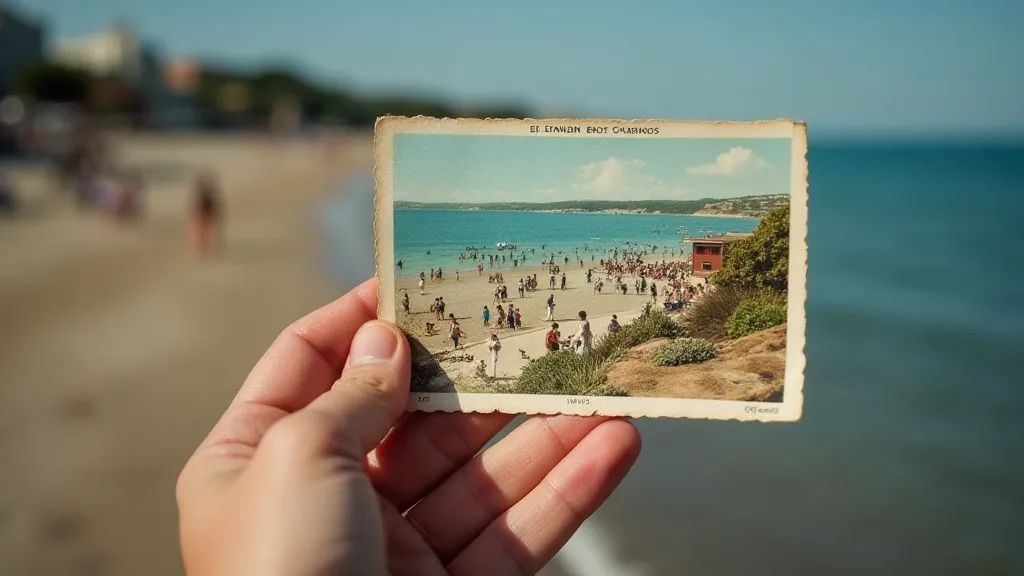
These “ephemeral scribes,” as I like to think of them, left us fragments of their lives, captured in miniature. And in preserving these postcards, we are not just preserving history; we are preserving the echoes of human connection – tiny poems of the past, whispering across time.
